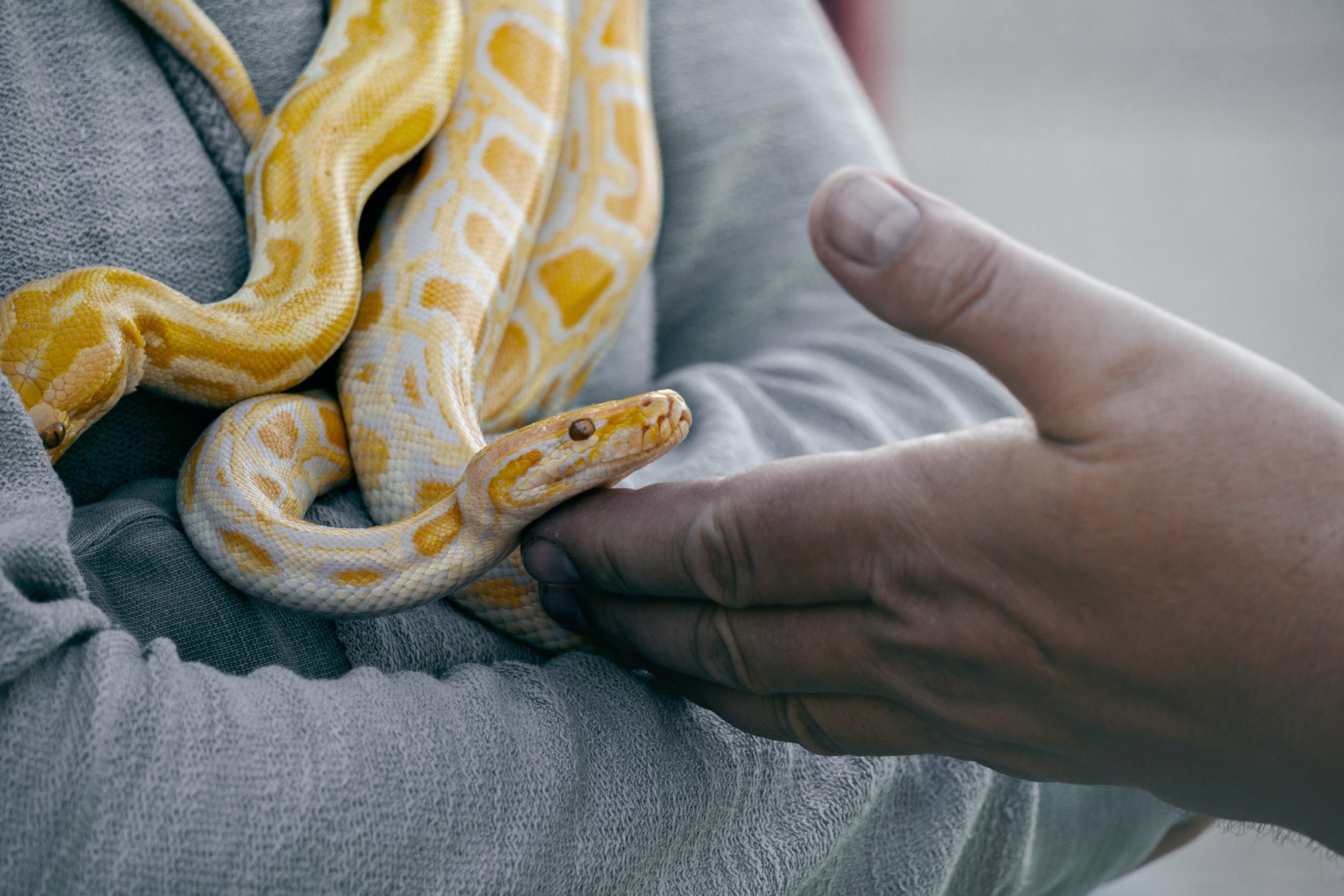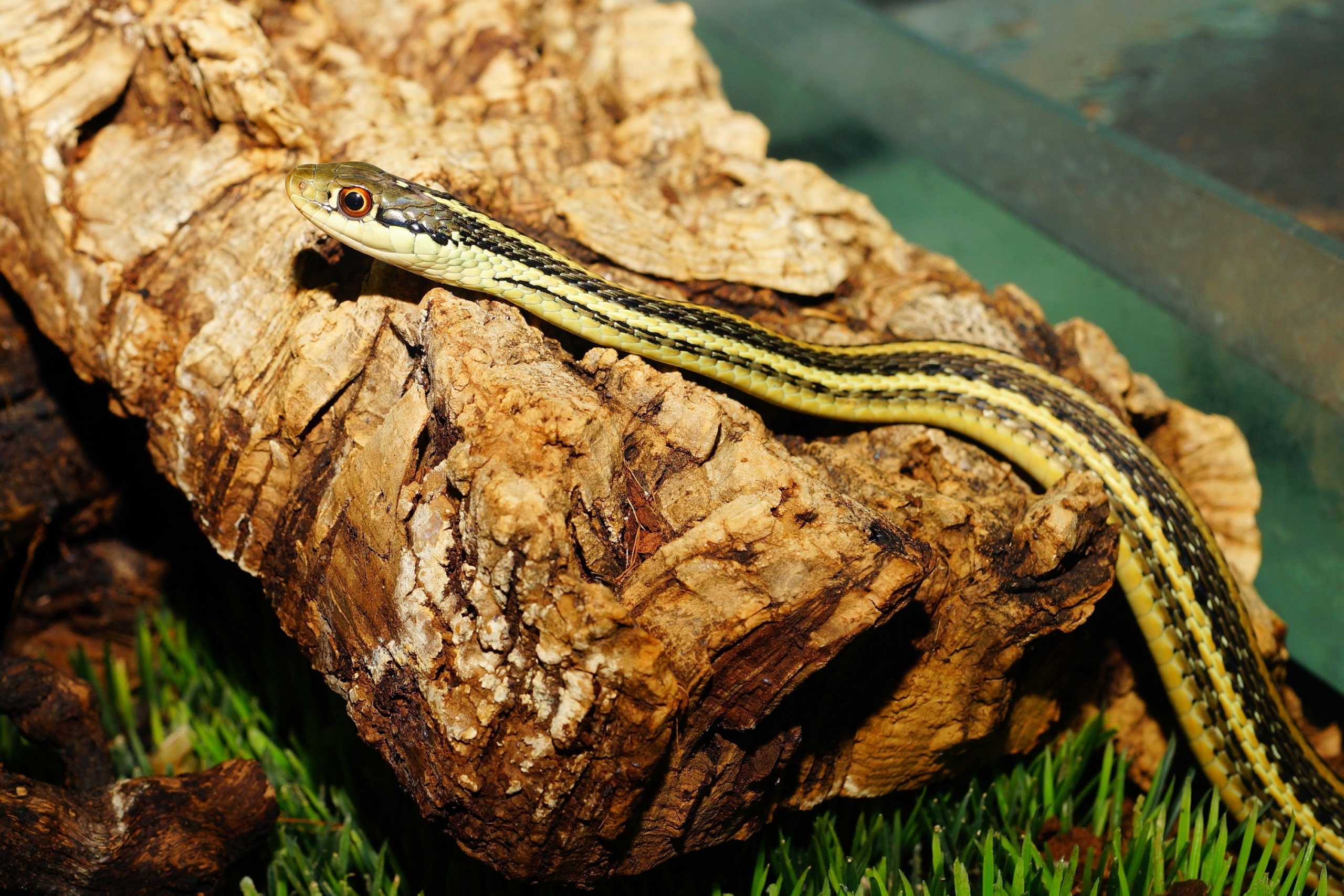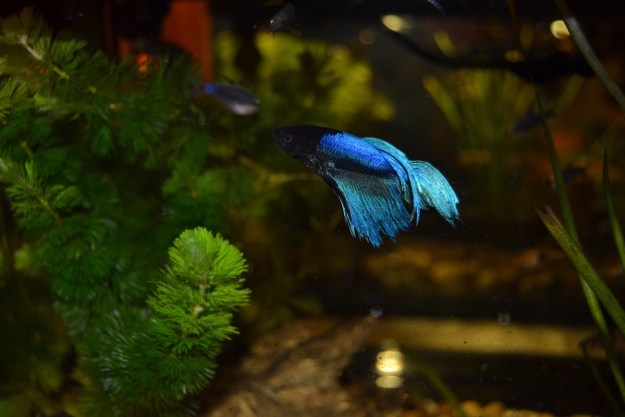Snakes are a unique pet by any standard, but swimming snakes?!
It’s true, they’re real. Whether your reaction is more excitement or terror, this idea is surely noteworthy. Snakes are known escape artists as it is, but with the ability to swim, they can go just about anywhere. In fact, there are several species of snakes who are known for their aquatic talents, but how do you know if your pet snake is one of them?
It’s not difficult to find out whether your snake, or any snake for that matter, is capable of swimming. There are certain physical features that make certain serpents more accustomed to the water than others, from the shape of the head to the thickness of their body. Read on to learn more about swimming snakes and what makes them so unique.
What snakes can swim?

If you’re a little freaked out by the thought of swimming snakes in the first place, this will not be good news for you: All snakes can swim. If you’re a snake owner, though, this might come as a cool surprise! You didn’t know that all snakes can swim, did you? The S-like motion that propels their bodies on land is the same that pushes them forward in the water, though some snake species are better known for their aquatic skills than others.
Here’s the catch: Different species of snake swim in different ways. In the southeastern United States, for example, two very similar species can be told apart by the unique ways they swim. While there are other characteristics that differentiate the water snake from the water moccasin, also known as the cottonmouth, swimming is one of the more easily recognizable traits. The venomous cottonmouth snake tends to swim near the surface of the water, with its head lifted above the water — you can see these snakes “sitting up” this way on land, too. The water snake, on the other hand, will remain completely horizontal under the water, much deeper down than the cottonmouth. Of course, this is more of an observation than a rule of thumb, as all snakes can swim beneath the water, not just venomous ones.
It’s thought that venomous snakes are more frequently at the surface of the water due to their increased buoyancy. While this hasn’t proven to be true, you will find a lot of information about this theory online. Even cottonmouths and other venomous snakes can swim with their body fully submerged, which can be confusing since it doesn’t either follow or dispute this “rule.”
How to tell if your snake can swim

Do you have a snake? Congratulations — you can now brag about how your pet can swim (the keyword here being can; whether a snake will swim is completely up to the species, the individual, and the situation). Nonaquatic snakes who are swimming may be hunting for their next meal or escaping from a predator, which are not situations your pet should be running into anytime soon (or at all).
If you’re trying to identify whether your snake is a species of water snake, however, there are many more specific things to look for. Water snakes make great pets, too, so it’s not impossible that you have one of these cool serpents as your new scaly friend. You can find them at a lot of pet stores thanks to their relatively small size.
Water snakes belong to the genus Nerodia, which contains nine species, all native to North America. You’ll be able to identify a water snake more easily if you have them while they’re young, since juvenile water snakes tend to lose a lot of their bright colors as they age. As adults, according to the National Wildlife Federation, northern water snakes have dark bands that cause them to be mistaken for the venomous cottonmouth in many parts of the U.S.
University of Florida’s Johnson Lab created a handy chart to help naturegoers tell the difference between a cottonmouth and a water snake; these characteristics include neck size, head shape, and the presence of heat-sensing pits in the face. Water snakes will have a sleek, slender neck and head. Although some have more flattened head shapes, their heads will not be wider than their necks, unlike with cottonmouths and other pit vipers. Cottonmouths may have a wide or arrow-shaped head and a much thicker body than their nonvenomous neighbors. One key physical difference between these two species is the heat-sensing pit organs that cottonmouths have to help them sense their prey’s body heat when they can’t see in the dark. Because water snakes tend to snack on cold-blooded fish and reptiles — aka animals you will find near the water — they do not have a biological need for heat-sensing pits.
Whether you have a water snake, another snake, or no snake at home, we hope you now know some interesting trivia about these talented swimming reptiles. Who knows? Maybe this new information will help you build an amazing snake habitat in your home. Given their many similarities to other, more dangerous, serpent species, it’s important to be educated about these truly cool but often misunderstood reptiles.
Editors' Recommendations
- How to clear cloudy aquarium water in a few easy steps and make your fish happy
- Best reptile pets: These are the 5 most affectionate reptiles you can welcome into your home
- Are female betta fish worth it? Here’s why you should consider getting one of these pretty fish
- Is buying a baby turtle illegal? Here is how to bring home this reptile legally and ethically
- How to tell if your guinea pig loves you – some ways may surprise you




